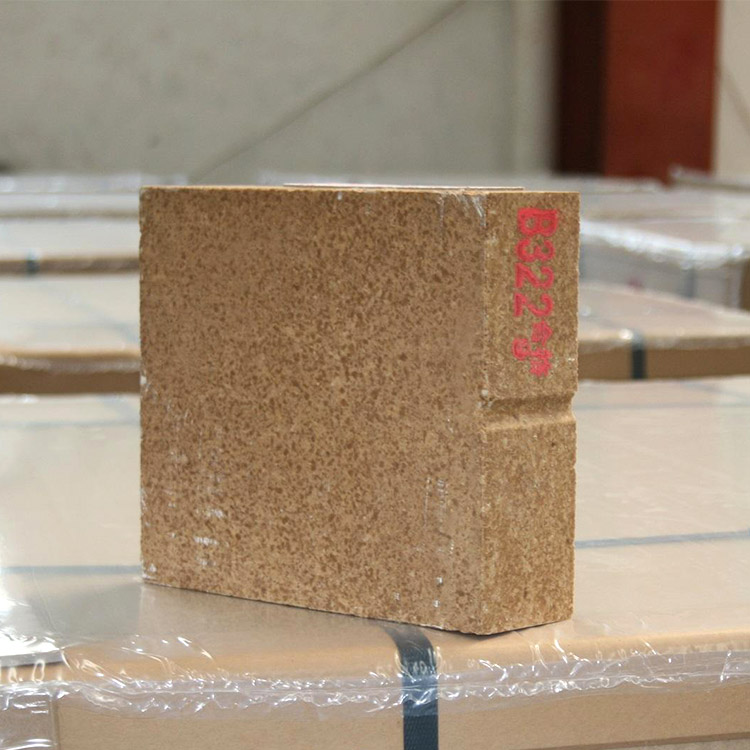
In high-temperature environments like steel melting furnaces, where thermal cycling can exceed 500°C per hour, refractory materials must withstand extreme stress without compromising structural integrity. Among these, mullite-zirconia bricks—especially those enhanced with red bauxite-based alumina—are proving to be game-changers in both performance and longevity.
Steel furnace operations often involve rapid heating and cooling cycles—sometimes up to 10 times daily—which cause severe thermal shock. Red column stone (mullite) bricks exhibit a linear expansion coefficient as low as 0.0004%/°C between 20–1200°C, significantly lower than traditional fireclay bricks (~0.0008%). This means fewer microcracks form under sudden temperature changes, preserving brick density and reducing spalling by over 60% in field tests conducted across European and Chinese steel plants.
Real-world data from a Tier-1 steel mill in India shows that after switching to red-column-stone-enhanced bricks, their furnace lining life increased from 12 months to 18 months—an improvement of 50%—while maintaining consistent heat efficiency.
Creep—the slow deformation under constant load at elevated temperatures—is often overlooked but critical for long-term stability. These bricks demonstrate a creep rate below 0.5% at 1450°C after 100 hours, far outperforming conventional magnesia-carbon bricks (~1.8%) used in older systems.
| Material Type | Creep Rate @ 1450°C (100 hrs) | Avg. Lifespan (Months) |
|---|---|---|
| Standard Fireclay | ~2.3% | 8–10 |
| Mullite-Zirconia Brick | ≤0.5% | 15–20 |
Even the best material fails if improperly installed. Key steps include:
For maintenance, a structured 3-tier monitoring system is recommended: daily visual checks, bi-weekly thermal imaging, and monthly mechanical inspections using ultrasonic thickness gauges. This proactive approach has been shown to reduce unplanned downtime by up to 40%.

As global steel production continues to prioritize sustainability and uptime, investing in advanced refractory solutions isn't just smart—it's essential. Whether you're managing a blast furnace, electric arc furnace, or ladle, upgrading to high-performance mullite-zirconia bricks ensures safer, more efficient operations.
Stay ahead of the curve—don’t wait for failure to act. Start optimizing your furnace’s lifespan today.
Download Our Free Technical Guide on Refractory Brick Selection & Installation

